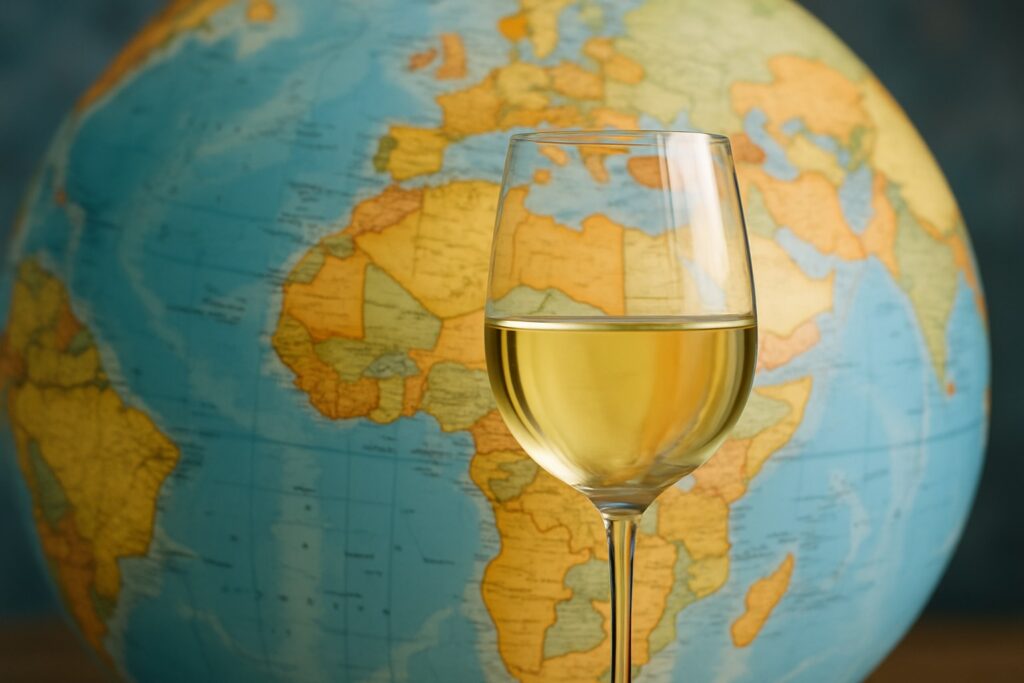
The IWSR Global Trends Report 2025 highlights a number of developments that reflect a complex and evolving wine marketplace, shaped by economic, social and technological forces.
Premiumisation remains a feature of the wine category, but it is no longer uniform. Economic pressures and changing values mean consumers are increasingly selective, opting for premium wines in specific situations rather than as a consistent behaviour. This shift is particularly relevant in more stable or growing regions such as parts of South America and Asia, while Europe sees more restrained growth. Consumers are drinking less overall, but when they do indulge, they are more likely to choose quality over quantity, influenced by personal values rather than status.
Changing lifestyles are reshaping how and where wine is consumed. Traditional occasions are giving way to more personalised, often home-based experiences, where value and authenticity are prized. Wine consumption is also influenced by broader shifts toward digital and virtual engagement, with consumers seeking connection through online platforms. Brands that tap into these behaviours, including through ecommerce or immersive storytelling, are better placed to thrive.
Digital technology continues to offer wine producers new routes to market and direct access to consumers. Ecommerce is growing steadily, particularly in Asia-Pacific, providing wine brands the opportunity to create targeted, convenient offerings. There is growing interest in wine aligned with lifestyle narratives, especially among younger legal-age drinkers.
The concept of social drinking is being redefined. Aperitivo-style moments and earlier, lower-tempo drinking occasions are gaining traction. For wine, this could signal an opportunity in lighter styles or sparkling variants suited to these earlier, social settings. Meanwhile, the rise of at-home entertaining suggests further demand for wines that balance quality with value.
Health and ethics continue to shape consumption. The trend towards moderation is broadening, with consumers more frequently alternating between full-strength and no- or low-alcohol options. While wine still lags behind beer and RTDs in this space, the trend offers growth potential for non-alcoholic or lower-alcohol wine. Sustainability and local provenance also carry weight, especially among younger consumers, who associate these attributes with quality and are willing to pay a premium where possible.
External pressures such as geopolitical tensions, trade disruptions and tighter regulation are also influencing the wine market. While some developments, like the UK–India trade agreement, may benefit certain exporters, others face growing barriers. Heightened public health messaging and increased scrutiny of alcohol consumption are also reshaping consumer behaviour, particularly in regions where trust in official guidance is high.
The wine sector is navigating a market defined by selective premiumisation, evolving consumption habits, digital engagement, shifting social norms, growing interest in health and sustainability and ongoing external challenges.













